Home>Garden Essentials>What Is Grading In Landscaping
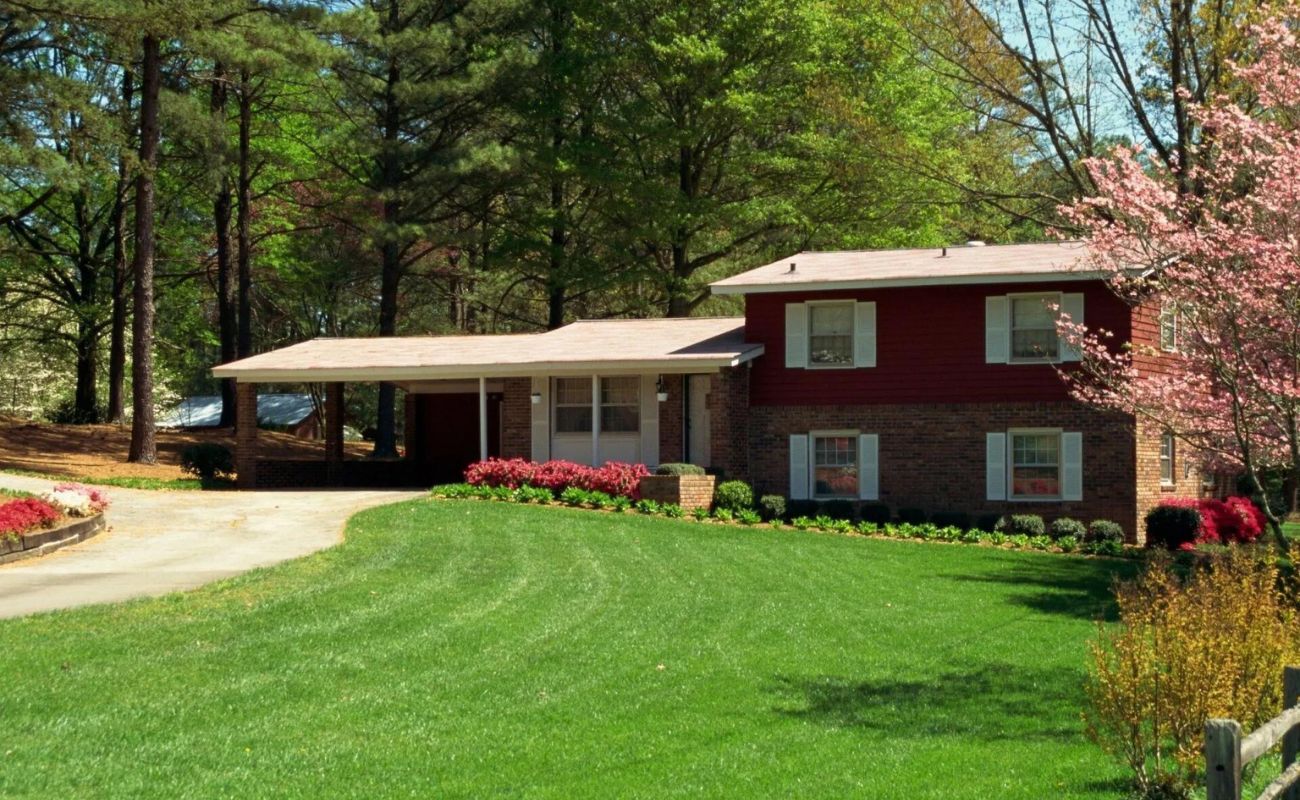

Garden Essentials
What Is Grading In Landscaping
Modified: March 7, 2024
Learn what grading is in landscaping and how it can transform your garden. Find out why grading is essential for creating a functional and visually appealing outdoor space.
(Many of the links in this article redirect to a specific reviewed product. Your purchase of these products through affiliate links helps to generate commission for Storables.com, at no extra cost. Learn more)
Overview of Grading in Landscaping
Grading is an essential aspect of landscaping that involves shaping the land’s surface to ensure proper drainage and create an aesthetically pleasing outdoor space. It is the process of leveling and contouring the terrain to prepare it for various landscaping projects, such as installing a patio, building a garden, or constructing a retaining wall.
The goal of grading is to achieve a smooth and even surface that promotes efficient water flow, prevents erosion, and provides a stable foundation for any structures or features in the landscape. Whether you’re working on a residential or commercial project, grading helps create a functional and visually appealing environment.
One of the primary purposes of grading is to address drainage issues. Improper grading can lead to water pooling or runoff problems, which can damage plants, affect the quality of the soil, and even cause structural damage. By properly grading the land, you can ensure that water flows away from buildings and other areas where it can cause harm.
Another important aspect of grading is contouring the land to create visually pleasing slopes, slopes or terraces. This helps to add dimension and character to the landscape, making it more visually interesting. Additionally, grading can help create flat areas that are suitable for various outdoor activities, such as hosting gatherings or playing sports.
Grading also plays a crucial role in soil stabilization. By properly preparing the land, it helps to prevent soil erosion, which is particularly important on sloping terrains or areas prone to heavy rainfall. Proper grading helps to retain the soil and prevent it from being washed away, preserving the integrity of the landscape.
Overall, grading is a fundamental step in any landscaping project and is essential for creating a functional, sustainable, and visually appealing outdoor space. It is important to consider the natural topography, vegetation, and intended use of the area when planning and executing a grading project. With proper grading, you can create an environment that is not only beautiful but also promotes the health and longevity of your plants and structures.
Key Takeaways:
- Grading in landscaping shapes the land for proper drainage, erosion prevention, and visual appeal. It creates a stable foundation for outdoor features and enhances plant health, making outdoor spaces functional and beautiful.
- Hiring professionals for grading projects ensures expertise, safety, and efficiency. It leads to high-quality results, compliance with regulations, and a long-lasting, enjoyable outdoor space.
Read more: What Is Grading In Construction
Importance of Grading in Landscaping
Grading is a crucial aspect of landscaping that holds great importance for the overall success and longevity of any outdoor project. Proper grading ensures optimal drainage, prevents erosion, and creates a stable foundation for various landscape elements. Understanding the importance of grading will help you appreciate its role in creating a functional and visually appealing outdoor space.
One of the primary reasons grading is important in landscaping is its impact on water drainage. Improper grading can lead to pooling or runoff issues, causing water to accumulate in unwanted areas. This can result in damage to plants, soil erosion, and even structural problems. By strategically grading the land, you can ensure that water flows away from buildings and plant beds, preventing water-related issues and maintaining the health of your landscape.
In addition to drainage, grading also helps prevent soil erosion. Without proper grading, rainfall or irrigation water can wash away the topsoil, depleting essential nutrients and negatively affecting plant growth. By shaping the land and creating gentle slopes, grading helps to retain soil in place, reducing erosion and preserving the integrity of your landscape.
Grading also plays a significant role in creating a safe and functional outdoor space. Uneven terrain can be hazardous, posing a risk for slips, trips, and falls. By leveling the ground through grading, you create a more user-friendly environment, making it easier and safer for people to navigate your landscape. This is particularly important for homes with elderly individuals, children, or individuals with mobility challenges.
Moreover, grading allows you to shape the land according to your desired aesthetic. By contouring slopes, creating terraces, or leveling areas, you can add depth and visual interest to your landscape design. This enhances the overall appeal of your outdoor space, making it more enjoyable to spend time in and increasing the value of your property.
Another benefit of grading is its ability to provide a stable foundation for various landscape elements. Whether you’re installing a patio, constructing a retaining wall, or building raised garden beds, proper grading ensures a solid base. This improves the longevity of these features, minimizing the risk of shifting, sinking, or damage over time.
In summary, grading is of utmost importance in landscaping due to its impact on drainage, erosion prevention, safety, aesthetics, and structural stability. By investing in proper grading, you set the groundwork for a beautiful, functional, and sustainable outdoor space that can be enjoyed for years to come.
Factors to Consider in Grading
When it comes to grading in landscaping, several factors need to be considered to ensure a successful and effective outcome. Considering these factors will help you plan and execute your grading project with precision and achieve the desired results. Let’s explore some important factors to consider in grading:
- Drainage Patterns: It is crucial to assess the existing drainage patterns on your property before starting the grading process. Understanding how water currently flows and where it tends to accumulate will help you determine the proper slope and contour of your graded land. By directing water away from structures and towards appropriate drainage areas, you can prevent issues such as flooding or water damage.
- Soil Composition: The type of soil on your property plays a significant role in grading. Different soil types have varying levels of compaction, drainage capabilities, and erosion resistance. It is essential to evaluate and understand the soil composition to determine the appropriate grading techniques and amendments needed to achieve optimal conditions for your landscaping project.
- Topography: The natural topography of your land will influence the grading process. Assessing the slopes, hills, valleys, and uneven areas will help you determine the best approach for contouring and leveling the land. This may involve cut and fill techniques to balance the earthwork and create a more even surface.
- Land Use: Consider the intended use of the graded area when planning your project. Are you creating a flat lawn area for recreational activities, installing a garden bed, or constructing a patio? Understanding the purpose of the landscape will guide your grading decisions, such as determining the necessary slope or flatness, and ensuring proper stability and functionality for the intended use.
- Accessibility: The accessibility of your property is an essential factor to consider during grading. Evaluate whether heavy machinery can easily access the site for earthmoving and leveling. If access is limited, alternative methods or equipment may be required to complete the grading work effectively.
- Permits and Regulations: Check local building codes, zoning regulations, and permit requirements before starting any grading project. Some areas may have specific guidelines or restrictions regarding grading activities. Ensure compliance with these regulations to avoid potential penalties or complications.
By taking these factors into account, you can plan and execute your grading project in a way that aligns with your specific needs, site conditions, and local regulations. It is recommended to consult with a professional landscaper or grading contractor to ensure the best approach and achieve the desired results for your landscaping project.
Tools and Equipment Used in Grading
Grading in landscaping requires the use of specific tools and equipment to achieve precise and efficient results. These tools help in shaping the land, leveling the terrain, and creating the desired slopes. Understanding the various tools and equipment used in grading will ensure that your landscaping project is executed effectively. Let’s explore some commonly used tools:
- Bulldozer: A bulldozer is a heavy-duty piece of equipment that is commonly used in grading due to its power and versatility. It is used for excavating, moving large amounts of soil, and shaping the land. Bulldozers are equipped with a large, flat blade in the front, which is used to push and level the soil.
- Excavator: Excavators are used for digging, removing obstacles, and creating contours in the landscape. They have a rotating cab and a long arm with a bucket attachment, making them ideal for precision work in grading. Excavators are particularly useful for cutting trenches or creating slopes.
- Grader: As the name suggests, a grader is specifically designed for grading work. It has a long blade that can be adjusted to create a smooth and even surface. Graders are commonly used for road construction, but they can also be used in landscaping to level the ground or create gentle slopes.
- Skid-steer Loader: Skid-steer loaders are compact machines that are versatile and easy to maneuver. They are equipped with bucket attachments that can be used for digging, moving soil, and leveling small areas. Skid-steer loaders are particularly useful in tight spaces where larger equipment may not be able to access.
- Laser Level: Laser levels are essential tools for achieving precise grading. They use a laser beam to determine elevations and ensure that the land is graded to the desired slope or contour. Laser levels provide accurate measurements and help maintain consistency throughout the grading process.
- Surveying Equipment: Surveying equipment, such as theodolites and GPS devices, is used to accurately measure existing elevations and contours. This information helps in planning the grading process by identifying areas that need to be leveled or reshaped.
- Hand Tools: Various hand tools are used in grading for smaller-scale tasks and fine adjustments. These tools include shovels, rakes, and hand tampers. They are used to move and level smaller amounts of soil, clean up edges, and ensure a smooth finish.
When undertaking a grading project, it is important to use the appropriate tools and equipment for the specific requirements of your landscape. Renting or hiring professional-grade equipment may be necessary depending on the scale and complexity of your project. Additionally, it is crucial to prioritize safety and adhere to proper operating procedures when using heavy machinery and power tools.
Consulting with a professional landscaper or grading contractor can also provide valuable insights and guidance on selecting the right tools and equipment for your grading project. Their expertise and experience will ensure that your project is executed efficiently and with the desired results.
Steps Involved in Grading Process
The grading process in landscaping involves a series of steps to reshape and level the land according to the desired contours and slopes. These steps help create a stable and functional base for various landscaping projects. Understanding the key steps involved in the grading process will help you plan and execute your project effectively. Let’s explore these steps:
- Site Evaluation: The first step is to evaluate the site and assess its current condition. This includes studying the topography, identifying drainage patterns and any existing issues that may need to be addressed. Site evaluation will help determine the appropriate grading techniques and contouring required for the project.
- Clearing and Demolition: Before grading can begin, any existing structures, vegetation, or debris on the site need to be cleared. This includes removing trees, shrubs, rocks, or any other obstacles that may hinder the grading process. Demolition of existing structures may also be necessary depending on the scope of the project.
- Earthwork: The next step is earthwork, which involves excavation and moving of soil to achieve the desired level and slope. This may include cutting or filling sections of the land, depending on the topography and grading plan. Bulldozers, excavators, or other earthmoving equipment are commonly used during this stage.
- Compaction: Once the land has been properly shaped and graded, compaction is performed to ensure stability and prevent future settling. Soil compaction involves using heavy machinery or rollers to compress the soil, reducing air gaps and increasing its density. Proper compaction ensures a solid foundation for any future structures or landscaping features.
- Drainage Installation: If needed, drainage systems are installed to direct water away from the site and prevent water-related issues. This may involve installing underground pipes, catch basins, or channels to ensure proper water flow and prevent erosion.
- Final Grading and Finishing: The final grading step involves meticulously shaping the land to achieve the desired slopes, contours, and surface smoothness. This may require the use of hand tools, such as rakes and shovels, to create a uniform and visually appealing finish. The surface is carefully inspected and adjusted as needed to ensure optimal results.
- Quality Checks: Before proceeding with any further landscaping projects, it is crucial to perform quality checks to ensure that the grading work meets the desired standards. This involves assessing the slopes, drainage patterns, and surface stability to ensure the functionality and longevity of the graded area.
It is important to note that the specific steps and techniques involved in the grading process may vary depending on the site conditions and the goals of the landscaping project. Consulting with a professional grading contractor or landscaper can provide valuable insights and guidance, ensuring that the grading process is executed effectively, efficiently, and in accordance with local regulations.
Read more: When Grading A Landscape Site Around A House, What Pattern Of Drainage Should Be Maintained
Common Grading Techniques in Landscaping
Grading is an essential process in landscaping that involves shaping and leveling the land to create a functional and visually appealing outdoor space. Various grading techniques are used depending on the specific goals and site conditions. Understanding these common grading techniques will help you choose the most suitable method for your landscaping project. Let’s explore some of these techniques:
- Cut and Fill: The cut and fill technique involves cutting or excavating soil from higher areas of the site and using it to fill lower areas. This technique helps redistribute the soil and create a more leveled surface. It is commonly used when there are significant variations in the site’s topography.
- Terracing: Terracing is a grading technique used to create multiple level platforms or steps on sloping terrains. It is particularly beneficial for preventing soil erosion, managing water runoff, and creating different functional areas within the landscape. Terraces can be used for gardening, seating areas, or decorative purposes.
- Slope Grading: Slope grading involves shaping the land to create gentle or steep slopes. This technique is used to direct water flow, control erosion, and add visual interest to the landscape. Proper slope grading is crucial for ensuring efficient drainage, stability, and the overall aesthetic appeal of the outdoor space.
- Surface Contouring: Surface contouring refers to the process of shaping the land to create curves, undulations, or contour lines on the surface. This technique adds depth and visual interest to the landscape, making it more visually appealing. Surface contouring is commonly used to achieve a natural and organic look in gardens or recreational areas.
- Topsoil Installation: After the grading process, it is often necessary to install topsoil to provide a nutrient-rich layer for vegetation. This may involve importing quality topsoil and spreading it evenly across the graded area. This step is vital for promoting healthy plant growth and ensuring the long-term success of your landscaping efforts.
- Erosion Control: Erosion control techniques are incorporated during the grading process to prevent soil erosion and maintain the stability of the landscape. This may involve the installation of erosion control measures, such as retaining walls, geotextiles, or erosion control blankets. These techniques help retain soil, minimize water runoff, and protect against erosion.
It is important to note that the selection of grading techniques depends on various factors, including site conditions, intended use of the landscape, and personal preferences. Proper planning, site evaluation, and consultation with a professional landscaper or grading contractor are crucial in determining the most suitable grading techniques for your specific project.
By employing appropriate grading techniques, you can transform your outdoor space into a functional and visually pleasing environment that meets your needs and enhances the overall aesthetics of your property.
Grading in landscaping refers to the process of leveling and shaping the land to ensure proper drainage and stability. It’s important to consider the natural slope of the land and use grading to prevent erosion and flooding.
Benefits of Proper Grading in Landscaping
Proper grading is a vital aspect of landscaping that offers numerous benefits for both the functionality and visual appeal of outdoor spaces. From improving drainage to preventing erosion, understanding the benefits of proper grading will help you appreciate its importance and its positive impact on your landscape. Let’s explore some key benefits:
- Efficient Drainage: Proper grading ensures efficient drainage by directing water away from structures and other areas where pooling or runoff can cause damage. By creating the right slope and contour, grading helps to prevent water accumulation, reducing the risk of water-related issues such as flooding or waterlogged soil.
- Erosion Prevention: Grading plays a crucial role in preventing soil erosion. By shaping the land and creating slopes or terraces, proper grading helps retain the soil in place and minimize the risk of erosion caused by wind or water. This preservation of the topsoil helps maintain healthy vegetation and prevents the loss of valuable nutrients from the landscape.
- Improved Stability: Properly graded land provides a stable foundation for various landscaping elements, such as patios, walkways, or retaining walls. By ensuring a level and compacted surface, grading helps reduce the chances of shifting, sinking, or uneven settlement of structures, increasing their longevity and structural integrity.
- Visual Appeal: Grading enhances the visual appeal of the landscape by creating slopes, terraces, and contoured surfaces. These elements add dimension, depth, and visual interest to outdoor spaces, making them more aesthetically pleasing. Proper grading creates a balanced and harmonious environment that can significantly improve the overall appearance of your property.
- Functional Use of Space: Grading allows you to create flat and level areas that are suitable for various outdoor activities. Whether it’s hosting gatherings, playing sports, or simply providing a comfortable space for relaxation, properly graded land ensures a functional and usable space for your desired activities.
- Enhanced Plant Health: Proper grading ensures proper drainage, which is crucial for maintaining the health of plants. By directing water away from the plant root zone and preventing waterlogging, grading helps prevent root rot and other water-related issues. This promotes healthier and more robust plant growth in your landscape.
- Increased Property Value: A well-graded landscape not only enhances the aesthetic appeal but also adds value to your property. Potential buyers or renters are more likely to be attracted to a property with a properly graded and functional outdoor space. Proper grading is seen as a sign of good maintenance and can significantly increase the market value of your property.
Overall, proper grading in landscaping offers a myriad of benefits ranging from improved drainage and erosion prevention to enhanced visual appeal and increased property value. Investing in proper grading ensures a stable, functional, and visually pleasing outdoor space that you can enjoy for years to come.
Potential Challenges and Considerations in Grading
While grading is an essential part of landscaping, it is not without its challenges and considerations. It is important to be aware of these potential challenges to ensure a successful grading project. Understanding the factors that can affect the grading process will help you plan accordingly and address any potential issues. Let’s explore some common challenges and considerations in grading:
- Site Conditions: The existing site conditions can present challenges during grading. Steep slopes, rocky terrain, or areas with high groundwater levels can make the grading process more complex. It is important to evaluate the site thoroughly and plan accordingly to overcome these challenges.
- Utility Lines and Infrastructure: Ensuring the safety of existing utility lines and underground infrastructure is crucial during grading. It is essential to locate and clearly mark the locations of gas lines, electrical lines, water pipes, and other underground services. Operating heavy machinery or digging without proper knowledge can lead to accidents or service disruptions.
- Soil Quality: The quality of the soil on the site can affect the grading process. Different soil types have varying levels of compaction, drainage capabilities, and erosion resistance. It is important to assess the soil composition and make any necessary amendments to ensure stability and proper drainage.
- Environmental Impact: Grading can have environmental impacts if not properly executed. Excavation and earthmoving activities can disturb natural habitats, contribute to erosion, or affect nearby water bodies. It is important to comply with environmental regulations, implement erosion control measures, and minimize disruption to the surrounding ecosystem.
- Permitting and Regulations: Grading projects may require permits or approvals from local authorities. It is important to research and comply with the necessary regulations and obtain the required permits before commencing any grading work. Failure to do so can result in fines, delays, and potential legal complications.
- Timing and Weather Conditions: Timing is essential in grading projects, and it is important to consider weather conditions. Grading should ideally be done during dry periods to ensure proper compaction and prevent excess water from interfering with the process. Rainy or wet weather can delay the project and negatively impact the stability of the graded land.
- Budget and Cost Factors: Grading can be a significant investment depending on the scope of the project. It is important to carefully consider the budget and associated costs, including equipment rental, materials, labor, and potential unforeseen expenses. Working with a professional grading contractor can help provide accurate cost estimates and ensure cost-effective project management.
By considering these potential challenges and addressing them proactively, you can mitigate risks, ensure a smooth grading process, and achieve the desired results for your landscaping project. It is advisable to consult with experts, such as professional landscapers or grading contractors, who can provide guidance, expertise, and support throughout the project.
Cost of Grading in Landscaping
The cost of grading in landscaping can vary depending on various factors such as the size of the area, the complexity of the project, site conditions, and the specific grading techniques required. Understanding the cost components involved in grading will help you plan your budget accordingly. Let’s explore the key factors that contribute to the cost of grading:
- Site Size and Complexity: The size and complexity of the area to be graded are significant factors in determining the cost. Larger areas or sites with challenging terrain, such as steep slopes or rocky surfaces, require more extensive equipment and labor, which can increase the overall cost.
- Grading Techniques: The choice of grading techniques and the level of precision required can also affect the cost. Techniques like cut and fill or terracing may require more effort and time, thus impacting the overall cost. Complicated grading techniques may also require specialized equipment, which can increase the expenses.
- Excavation and Earthmoving: The extent of excavation and earthmoving required for the grading process will impact the cost. Removing existing vegetation or obstacles, cutting or filling areas, and moving soil all require equipment and labor, adding to the overall expenses. The need for additional disposal or soil importation can also affect the cost.
- Soil Amendments: Depending on the soil quality and site conditions, soil amendments may be necessary. Adding topsoil, improving drainage, or stabilizing the soil composition can increase the overall cost of grading. The cost will depend on the quality and quantity of the soil amendments required.
- Labor and Equipment: The cost of labor and equipment rental is a significant component of grading costs. The complexity of the project, the duration of the work, and the number of workers involved will influence the labor cost. The type and size of machinery required for the grading process will also impact the equipment rental expenses.
- Permits and Inspections: Depending on local regulations and the scope of the project, permits and inspections may be required for grading work. Obtaining permits and undergoing inspections can add to the overall cost, so it’s important to factor in these expenses during the budgeting process.
- Additional Considerations: Other factors that can contribute to the cost of grading include site preparation, erosion control measures, and any necessary restoration work. It is essential to consider these additional expenses to ensure a comprehensive and accurate cost estimation for the grading project.
Due to the variability in site conditions and the specific requirements of each landscaping project, it is recommended to get multiple cost estimates from professional landscapers or grading contractors. They can assess your specific project needs, evaluate the site, and provide a detailed breakdown of the costs involved. Working with professionals ensures that you have a realistic budget and can make informed decisions throughout the grading process.
Remember, while cost is an important consideration, it is crucial to prioritize the quality of work and the expertise of the grading professionals. Proper grading is a vital investment that ensures the long-term stability, functionality, and aesthetic appeal of your outdoor space.
Read more: What Does “At Grade” Mean In Construction
Hiring Professionals for Grading Projects
Grading is a crucial and complex component of landscaping that requires expertise, specialized equipment, and knowledge of site conditions. While some homeowners may consider tackling grading projects themselves, hiring professionals is highly recommended to ensure a successful outcome. Let’s explore the benefits and considerations of hiring professionals for grading projects:
Expertise and Experience: Professional grading contractors have the knowledge, expertise, and experience to execute grading projects effectively. They understand the intricacies of site evaluation, drainage considerations, soil composition, and the various grading techniques. Their expertise ensures that the project is planned, executed, and completed to the highest standards.
Proper Equipment and Resources: Grading professionals have access to the necessary equipment and resources required for the project. They have access to heavy machinery, specialized tools, and equipment for excavation, earthmoving, and grading. Their equipment and resources allow for efficient and precise work, saving time and ensuring a superior finished product.
Time and Efficiency: Professionals are equipped to complete grading projects in a timely and efficient manner. They have the experience and manpower to work efficiently, ensuring that timelines are met and projects are completed within the desired timeframe. This allows homeowners to enjoy their transformed outdoor space sooner.
Knowledge of Regulations and Permits: Grading professionals are familiar with the local regulations, permits, and inspections required for grading projects. They can guide homeowners through the process, ensuring compliance with all necessary legal requirements. This saves homeowners the hassle of navigating complex regulations and ensures that the project is completed legally and without any potential issues or penalties.
Safety Considerations: Grading projects can involve heavy machinery, excavation, and working with unstable terrain. Professionals prioritize safety and adhere to all required safety protocols. They undergo training to mitigate risks and keep the project site and surrounding areas safe for both occupants and workers. Hiring professionals minimizes the risk of accidents or injuries during the grading process.
Quality and Warranty: Professional grading contractors take pride in their work and strive for quality results. They ensure that the grading is done properly, drainage patterns are established, and the finished surface is level and stable. Reputable professionals often provide warranties or guarantees for their work, providing homeowners with peace of mind and assurance of their investment.
When hiring professionals for grading projects, it is important to research and select reliable and reputable contractors. Seek recommendations, review their portfolio of past projects, and request multiple quotes to compare prices and services. Have a detailed discussion with the chosen professional to ensure clarity on project goals, timelines, and any specific requirements.
In summary, hiring professionals for grading projects is highly advantageous. Their expertise, equipment, efficiency, knowledge of regulations, commitment to safety, and focus on quality ensure a successful grading process. Investing in professional grading services sets the foundation for a beautiful and functional outdoor space that can be enjoyed for years to come.
Conclusion
Grading is a fundamental aspect of landscaping that shapes and levels the land to create functional, visually appealing, and sustainable outdoor spaces. By understanding the importance of grading and considering various factors such as drainage, topography, and intended use of the area, you can ensure the success of your grading project.
Proper grading offers a multitude of benefits, including efficient drainage, erosion prevention, improved stability, and enhanced visual appeal. It promotes the health of plants, provides a functional use of space, and increases the value of your property. By investing in professional grading services, you can take advantage of expertise, equipment, efficiency, and adherence to safety protocols, resulting in a high-quality and long-lasting outcome.
However, it is essential to consider potential challenges and considerations, such as site conditions, utility lines, soil quality, and permits. Taking these factors into account during project planning will help mitigate risks and ensure a smooth grading process.
Lastly, when it comes to the cost of grading, factors such as site size, complexity, grading techniques, equipment, labor, and permits play a significant role. It is advisable to obtain multiple cost estimates from professional grading contractors to ensure an accurate budget and to make informed decisions about your landscaping project.
In conclusion, proper grading sets the foundation for a successful and beautiful outdoor space. By understanding the grading process, considering all the necessary factors, and hiring professionals, you can create a functional, aesthetically pleasing, and long-lasting landscape that enhances your home’s value and enjoyment for years to come.
Frequently Asked Questions about What Is Grading In Landscaping
Was this page helpful?
At Storables.com, we guarantee accurate and reliable information. Our content, validated by Expert Board Contributors, is crafted following stringent Editorial Policies. We're committed to providing you with well-researched, expert-backed insights for all your informational needs.
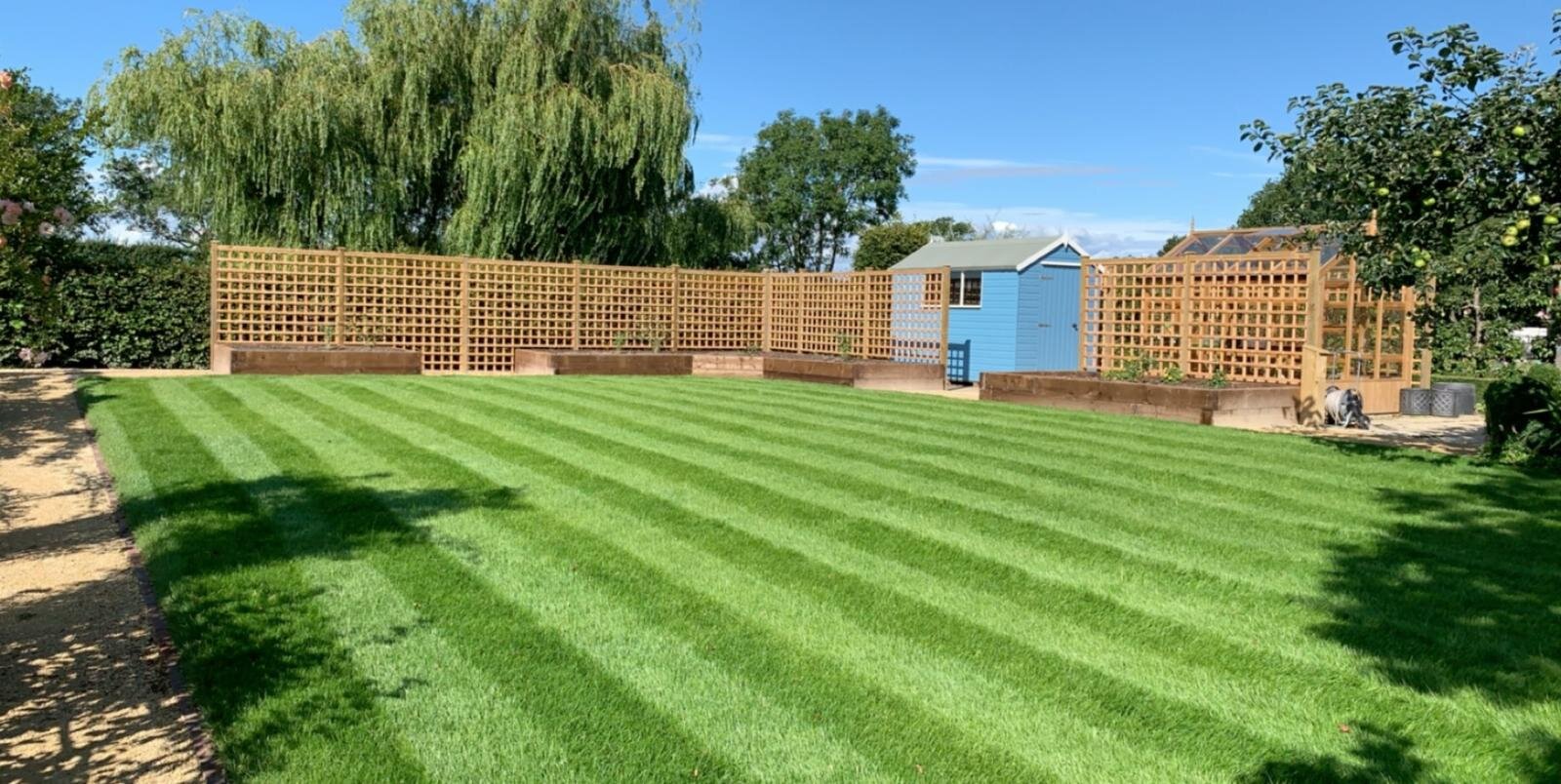


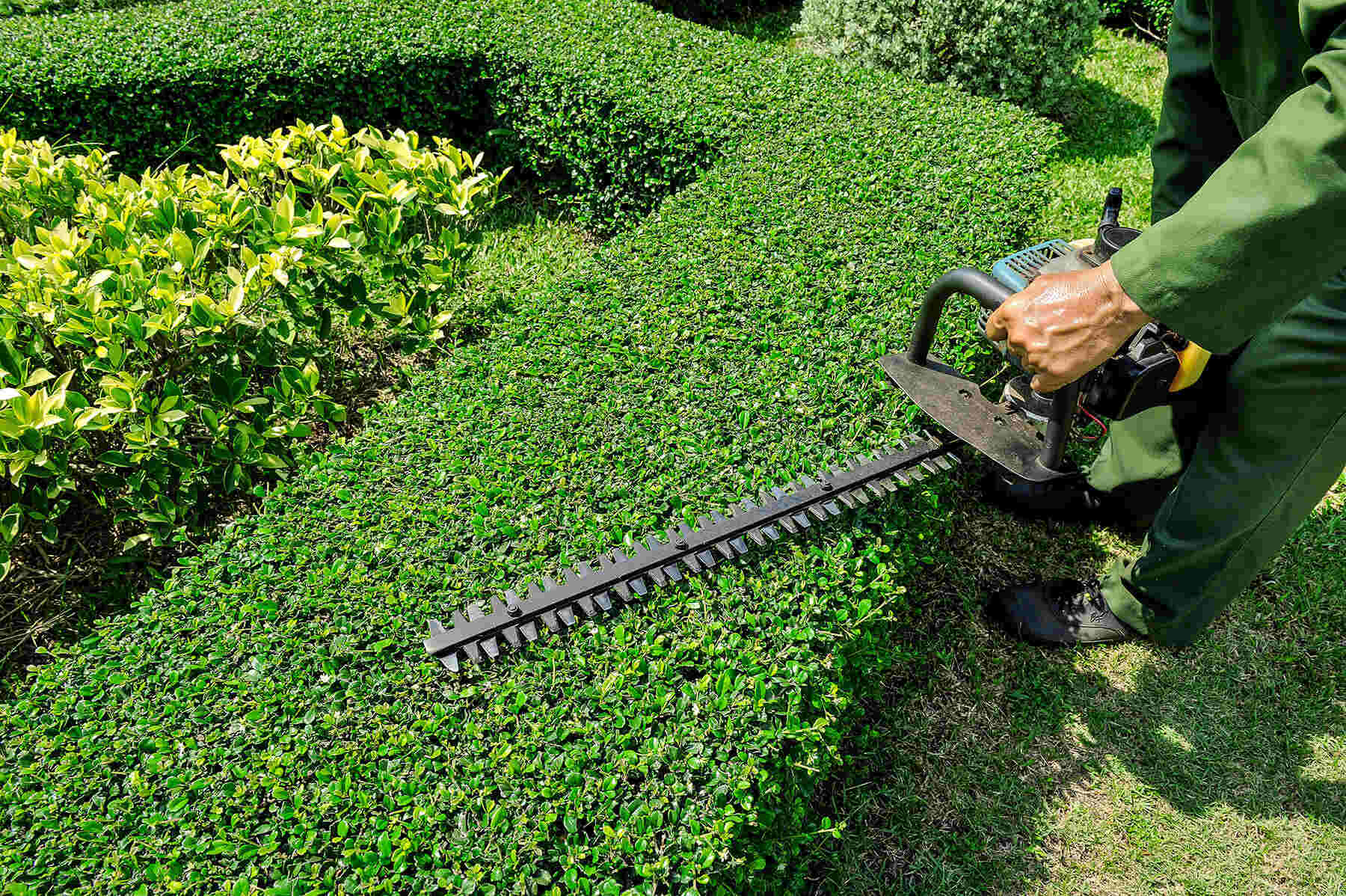
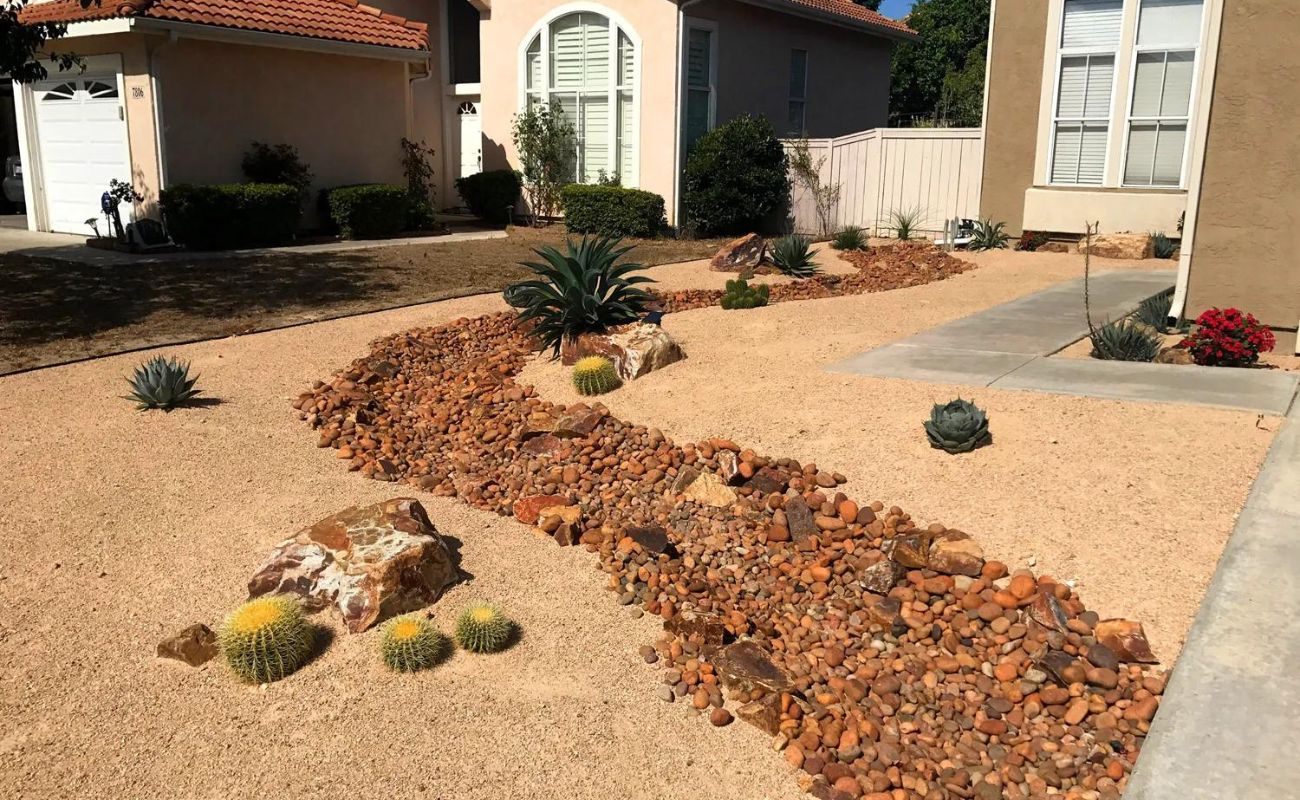
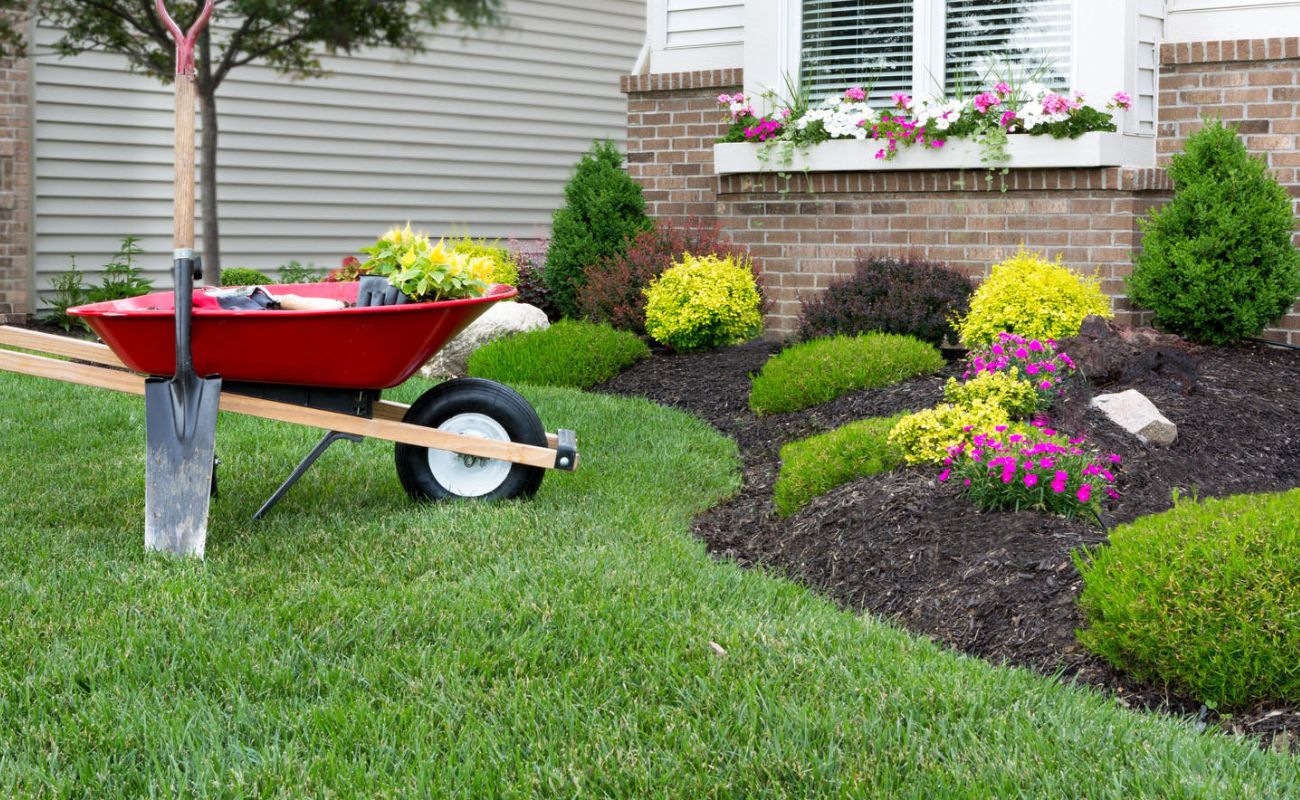
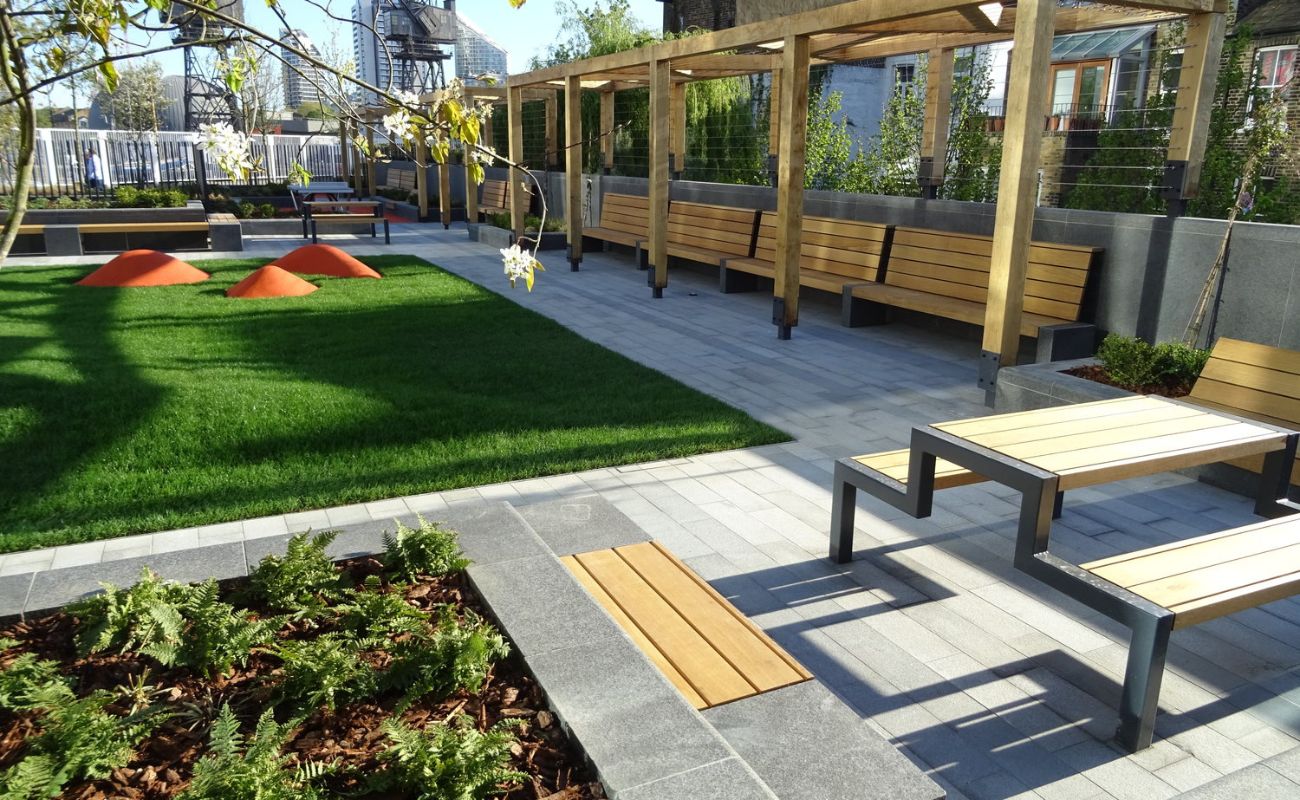


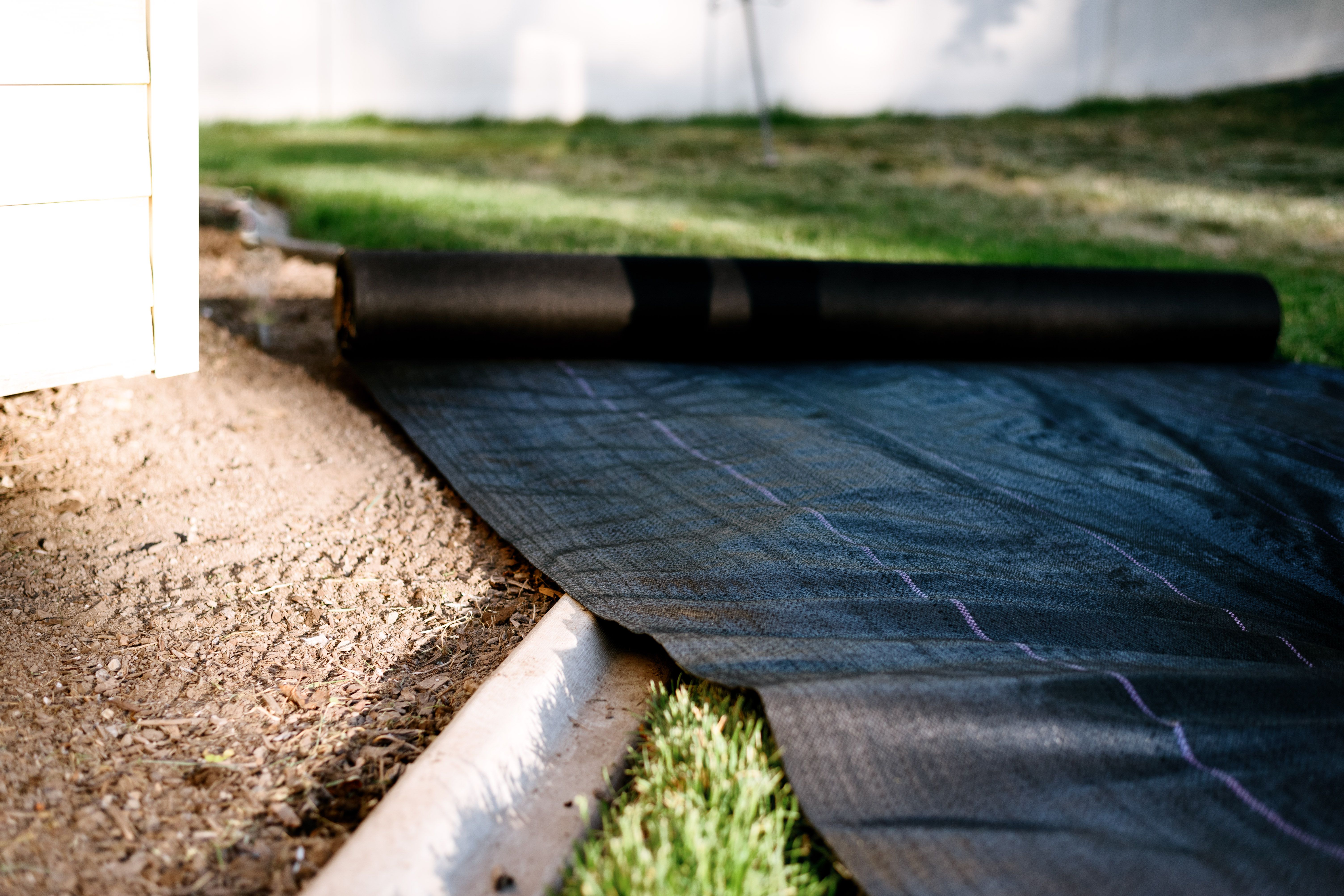

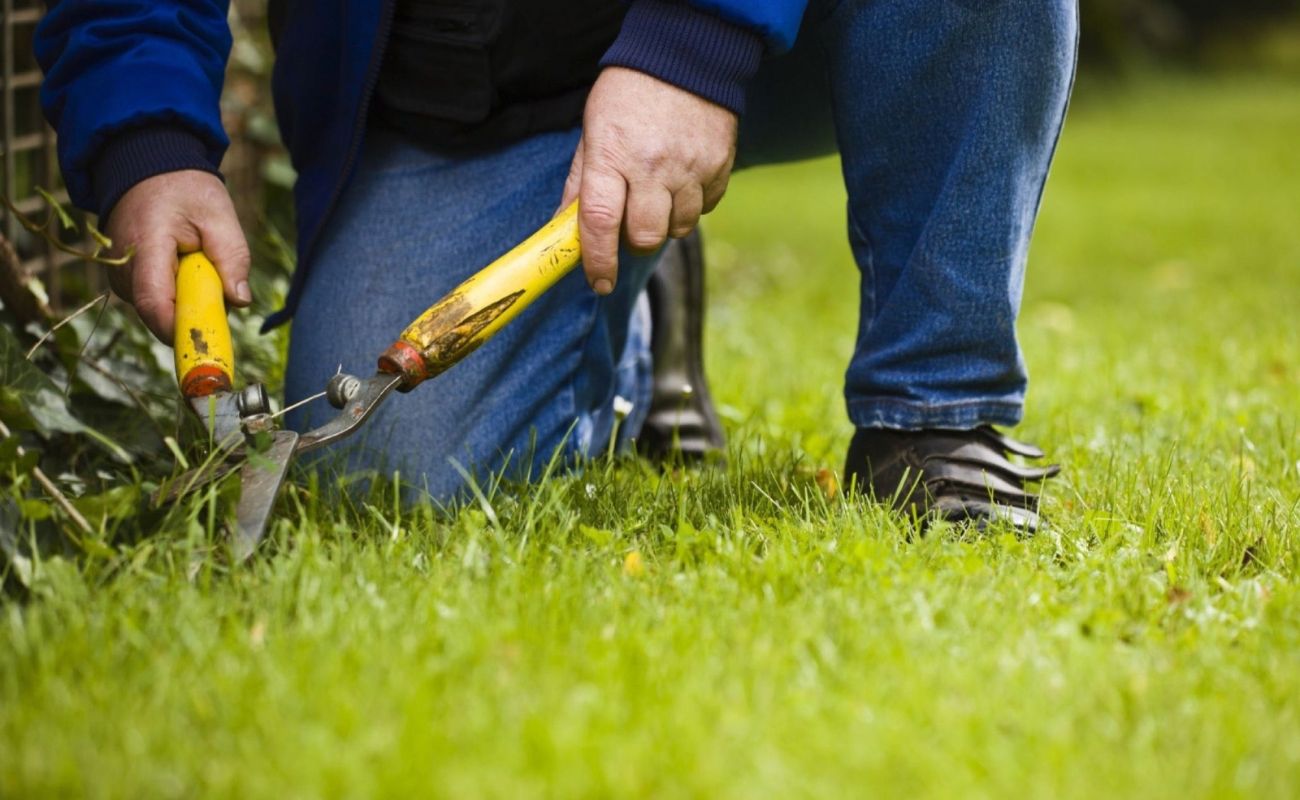


0 thoughts on “What Is Grading In Landscaping”